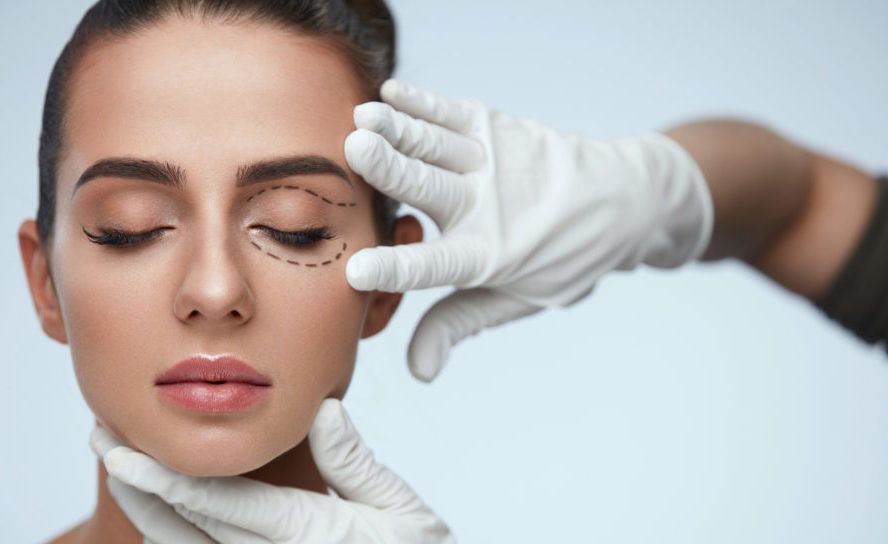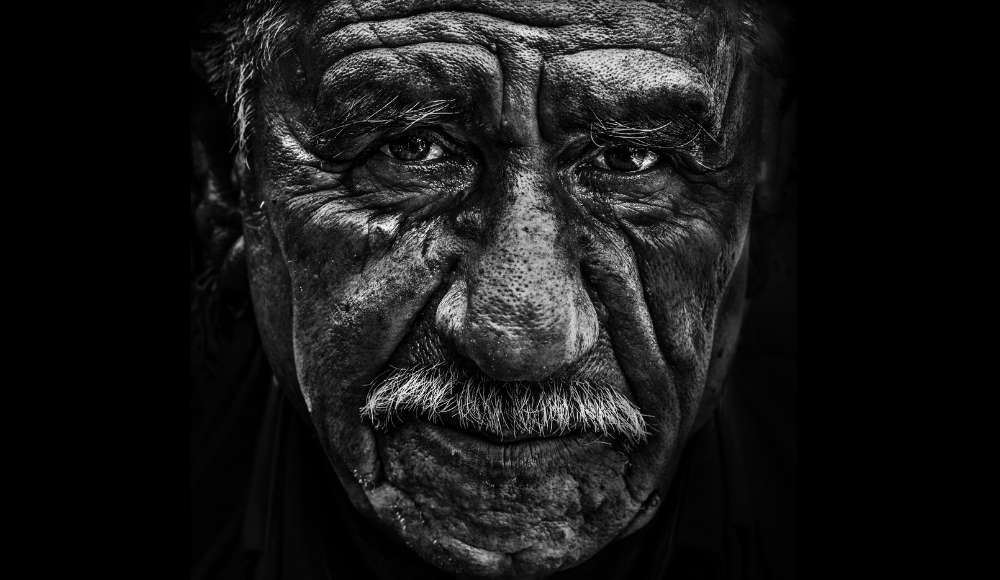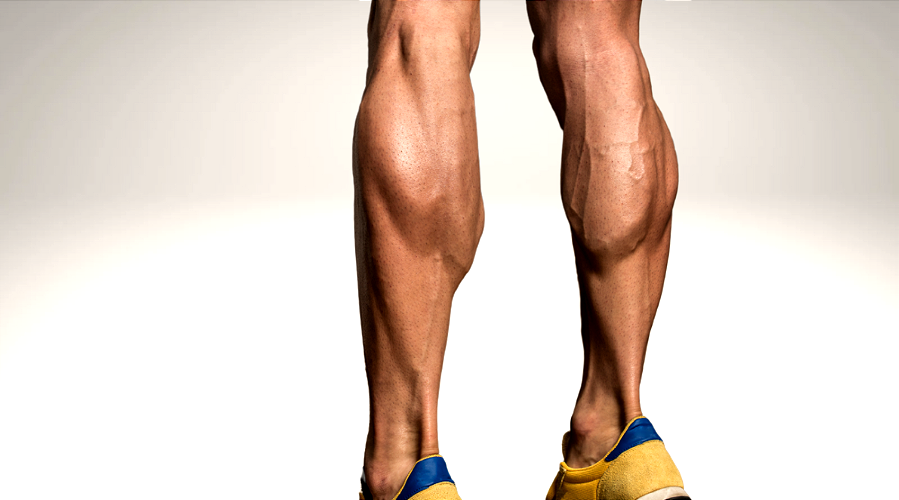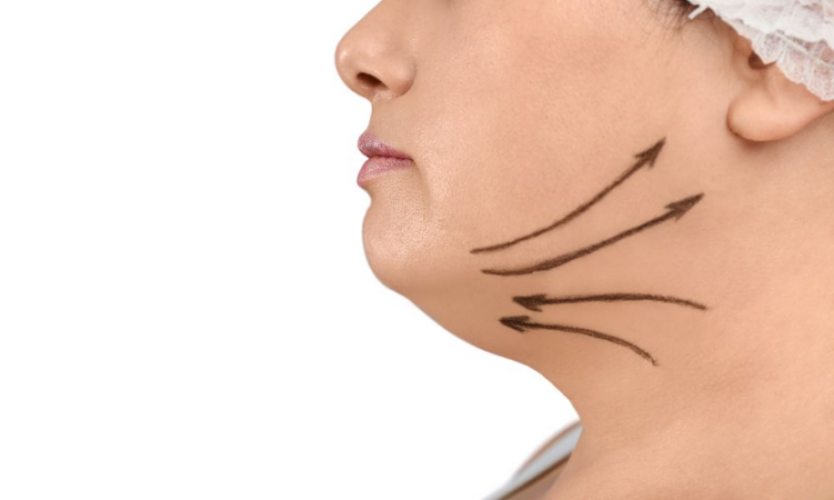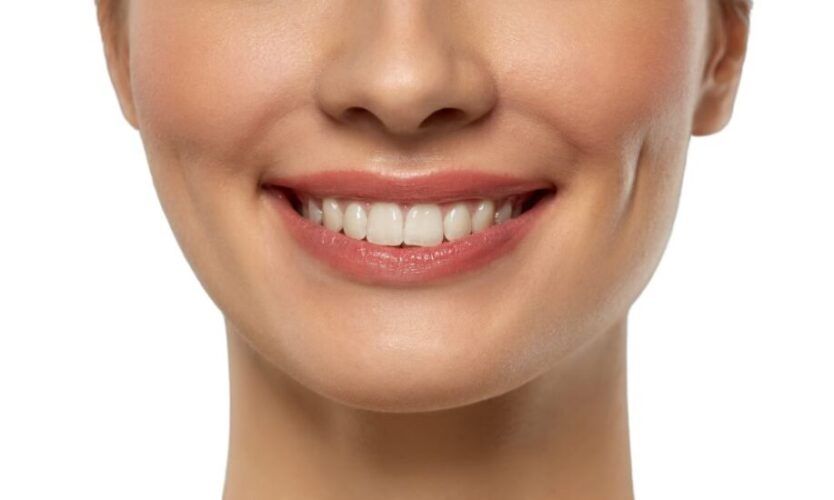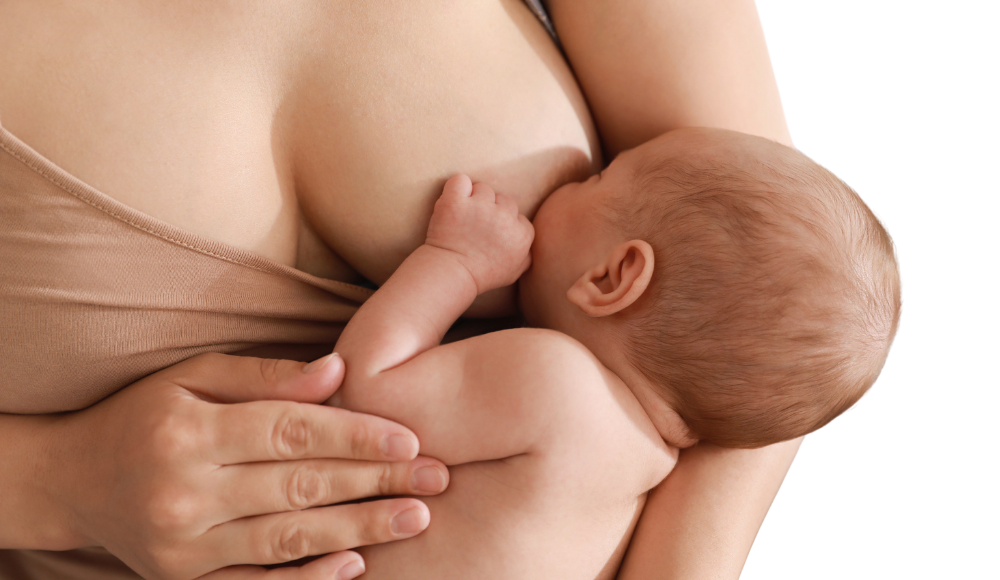The eyes are the window to your soul
William Shakespear
The above quote nicely describes that the eyes of an individual expresses the hidden expressions, thoughts, attitudes and much more.
Although the primary function of eyes are for vision, but the eyes does express innermost feelings even without uttering words.
Describing an individual’s beauty the human face has been central element that portrays emotions and recognition. Early signs of ageing primarily appears over face around the eyes known as periorbital region like looking tired, having heavy or droopy lids or under eye bags, dark circles and wrinkles around eyes. Periorbital rejuvenation modalities can bring youthful appearance to the area using various treatment methods.
There are various factors that causes ageing changes over periorbital region. The periorbital region is composed of skin, underlying fatty tissues, muscles, ligaments, vessels and nerves that are overlying on a bony infrastructure. There are multifactorial cause that includes remodelling of the cranial bone, volume loss due to fat atrophy, gravitation induced tissue decent and deterioration in the appearance of the skin. Smoking tobacco, sun exposure , alcohol use, extreme obesity, comorbid illnesses have shown to cause an acceleration in ageing of the skin and subcutaneous tissues.
Periorbital rejuvenation methods are available to prevent or alter the changes from ageing in periorbital region. The treatment varies from using topical agents, non-surgical treatments with chemical peels, injectables (botox/fillers), energy based devices and surgical procedures like blepharoplasty, brow lift and fat transfer to give patient a more youthful appearance.
The topical interventions for periorbital rejuvenation tackles different aspects varying from prevention or its treatment that usually address skin pigmentation, texture, volume, hydration and sun protection. Although for optimal outcome these procedures are combined with the surgical procedures as well. Topicals used for periorbital rejuvenation are sunscreens, retinoids antioxidants, skin lightening agents, collagen enhancing products, hyaluronic acid for hydrating skin.
Periorbital rejuvenation non-invasive treatment includes chemical peels, dermabrasion (mechanical resurfacing), laser resurfacing, microneedling, radiofrequency energy devices. These cause chemical/mechanical or thermal/ ablative injuries to different skin layers stimulating the involved areas thereby improving skin texture and consistency as the skin heals.
Periorbital rejuvenation using injectables are usually done with fillers for correcting the volume loss in areas for upper eyelid and lower eyelid (tear trough). Other than this injectable used are neuromodulator, most widely used is Botulinum toxin to decrease the wrinkles.
Surgical treatment for periorbital rejuvenation is mainly done to address skin laxity, volume loss (fat atrophy), bone resorption and to overcome gravitational effects over periorbital structures. Various surgical options considered are upper or lower eyelid blepharoplasty, brow lift and autologous fat transfer.
- Upper blepharoplasty or upper eyelid lift will remove excess skin, muscle and fat from the upper lids to restore a more rested appearance and more youthful contour.
- Lower blepharoplasty is done to address undereye bags, prominent tear trough deformity and loose creepy skin by removal of excess skin, fat and muscle from lower eyelid and with fat transfer or fat redistribuition.
- Autologous fat transfer is a technique using patient’s own fat, processing it and inject it for volume replacement.
Periorbital rejuvenation procedures reforms various ageing changes to bring a youthful appearance to an individual.
Consult a board certified Plastic Surgeon to discuss and to know about the periorbital changes from ageing and the treatment options that can be planned to address them.

